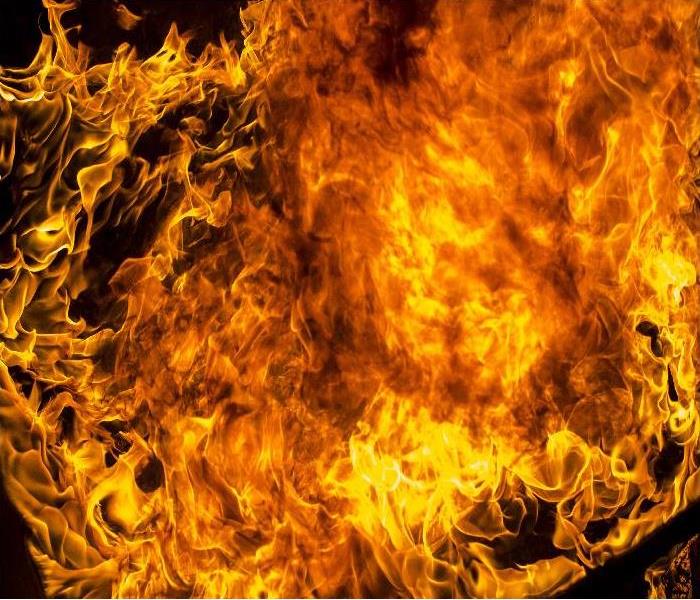Why Do Soot and Smoke Residues Cling to Surfaces in your San Jose home?
9/26/2020 (Permalink)
 If you are unsure of how to restore your home following a house fire. Contact SERVPRO of NE San Jose at (408) 834-7663.
If you are unsure of how to restore your home following a house fire. Contact SERVPRO of NE San Jose at (408) 834-7663.
Fire Damage Can Lead to Odor and Soiling in your San Jose home. SERVPRO has Fire and Smoke Restoration Technicians (FRST) to Return your Home to its Pre-loss Content.
Does fire produce different types of smoke?
A housefire in your San Jose home can produce different types of soot or residues in the property. The kind of deposition can be influenced by many factors, including the contents of the materials that burn. For example, a kitchen fire is likely to produce protein-based soot deposits due to the burning of animal fats. These protein deposits differ significantly to wood-based soots and require a different method to clean. Understanding the different types of smoke deposits in your home is vital to cleaning them and ensuring that further damage is avoided; introducing water to some smoke residues can lead them to bleed, spread, or bond with surfaces. SERVPRO technicians are trained to recognize the different types of smoke and how best to clean them.
What are the different types of smoke residue?
- Dry smoke residues usually produced by natural materials
- Protein residues from animal fats
- Wet smoke which can occur with the burning of synthetic materials
- Fuel oil smoke residues, which commonly occur with furnace puff back
Are some smoke residues easier to clean than others?
The cleaning methods for fire damage in your San Jose home can change from residue to residue. Generally speaking, dry smoke residues require less cleaning effort, aggression, and planning than other smoke residue types. Dry rarely smokes bond with surfaces, except in high-pressure fires, and can therefore be removed with sponges or light-vacuuming. Introducing water to dry smoke can cause further harm. Wet smokes are typically tougher to clean because they contain more aerosols like varnish, solvent, fuel oil, among other liquid parts. These residues require extensive pre-testing and often using oil-based solvents to suspend and remove them from surfaces.
What influences whether smoke is wet or dry?
- The speed that materials burn
- How much oxygen is present during the fire
- The composition of the combusting material
If you are unsure of how to restore your home following a house fire. Contact SERVPRO of NE San Jose at (408) 834-7663.





 24/7 Emergency Service
24/7 Emergency Service